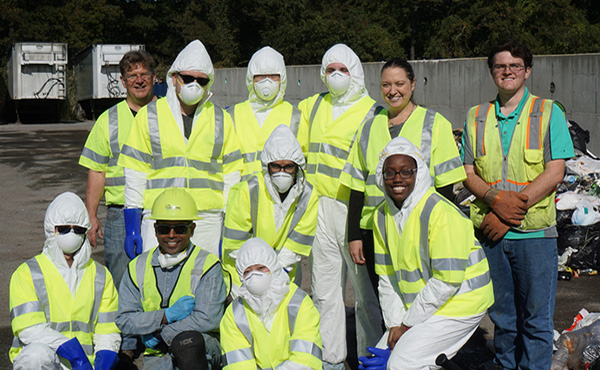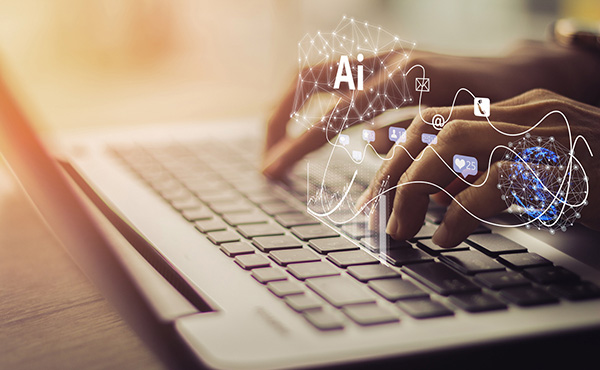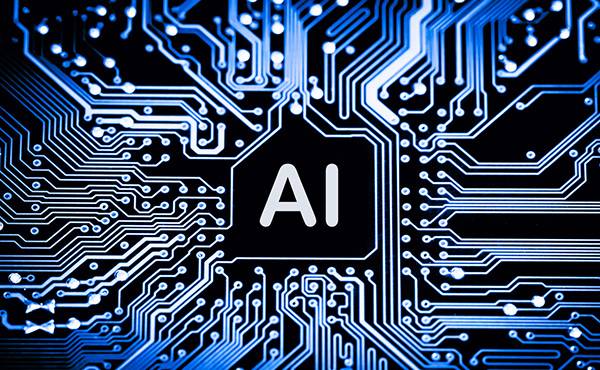Research Highlights
Automotive Ethics Laboratory
Fully Automated Vehicles (AVs) can eliminate brakes and steering wheels, that is, human drivers. AVs of the highest level may have human occupants, but no human drivers. The acquired skill of driving a car or truck will migrate into the development of Automotive Artificial Intelligence (AAI). AAI will pilot cargo (including humans) through traffic more securely and efficiently than the current system of manned vehicles. It will perceive and evaluate rapidly changing traffic situations much faster and more comprehensively than a human brain. Hence, it will steer AVs more competently and with fewer accidents.
READ MORE
NYS Solid Waste Characterization Grant
This goal of this research project, sponsored by the New York State Department of Environmental Conservation (NYSDEC), is to explore how solid waste and recycling is currently transpiring in New York State and develop recommendations for how it can be improved to achieve a more environmentally sustainable New York.
READ MORE
Technology and Engineering Education
Our global economy and rapid rate of technological advances presents pressing challenges for our times. With technology being embedded in nearly all aspects of our lives, engineers and applied scientists need to be cognizant of the impact that those technologies have, on the individuals that use them and the societies they live within. The UN's Guiding Principles for Business and Human Rights, and current standards adopted by the organizations such as IEEE and the ACM, impel us to be more mindful of the need for diversity, equity and inclusion. They also encourage us to be more mindful of the impact of technologies on societies and the environment.
READ MORE
Responsible and Societal AI
Technology has been a marker of societal progress since the invention of the wheel and even earlier. Technology is making our lives easier, more convenient, and it opens new opportunities for self-expression, communication, and economic progress. But technology can also have unintended consequences typically unforeseen by even the most well-meaning innovator.
READ MOREResponsible AI & High Performance Computing
Responsible AI research requires significant computer power to test and refine real-world algorithms and technologies. The new NVwulf cluster is part of an initiative designed to meet the growing demands of AI-powered research. This project was made possible through the support of the Department of Technology, AI & Society (DTAS)—the ongoing transformation of the Department of Technology and Society, funded by New York Governor Kathy Hochul as part of a three-year, cross-campus effort to build one of the nation’s most compelling interdisciplinary programs in AI and technology.
READ MORE
